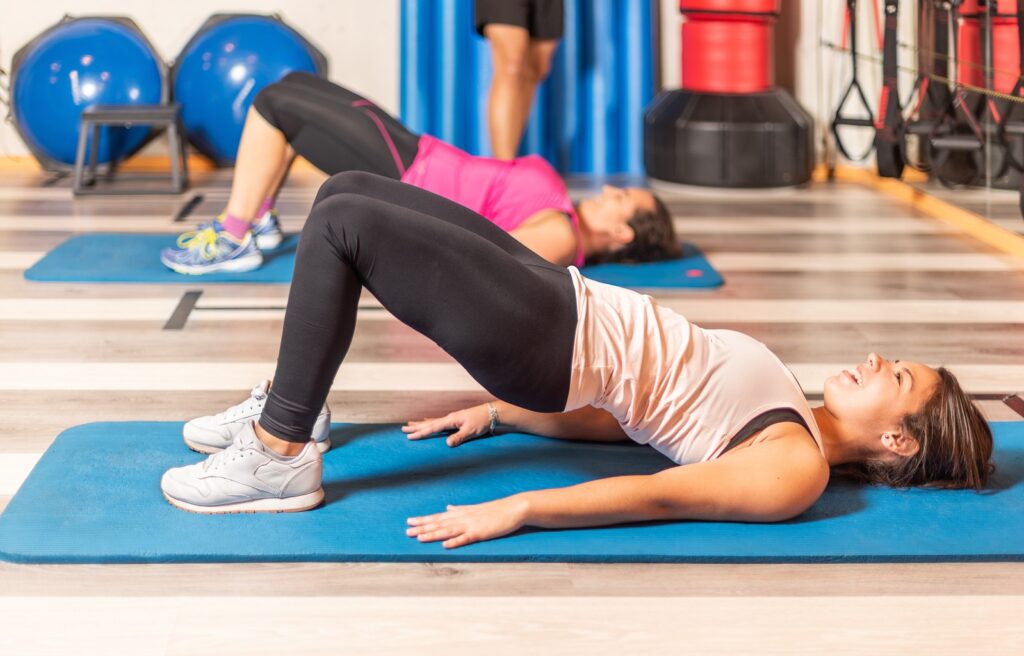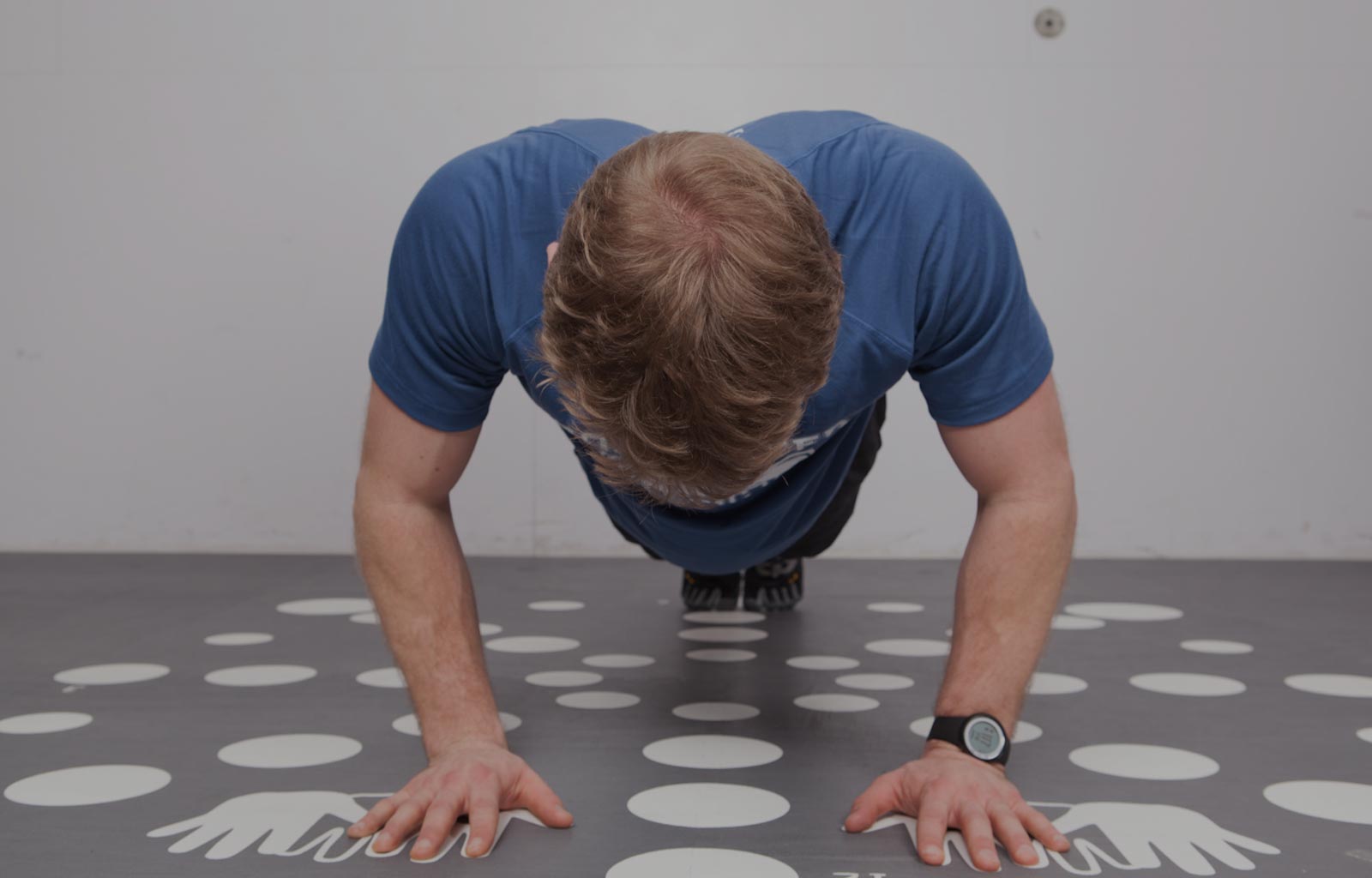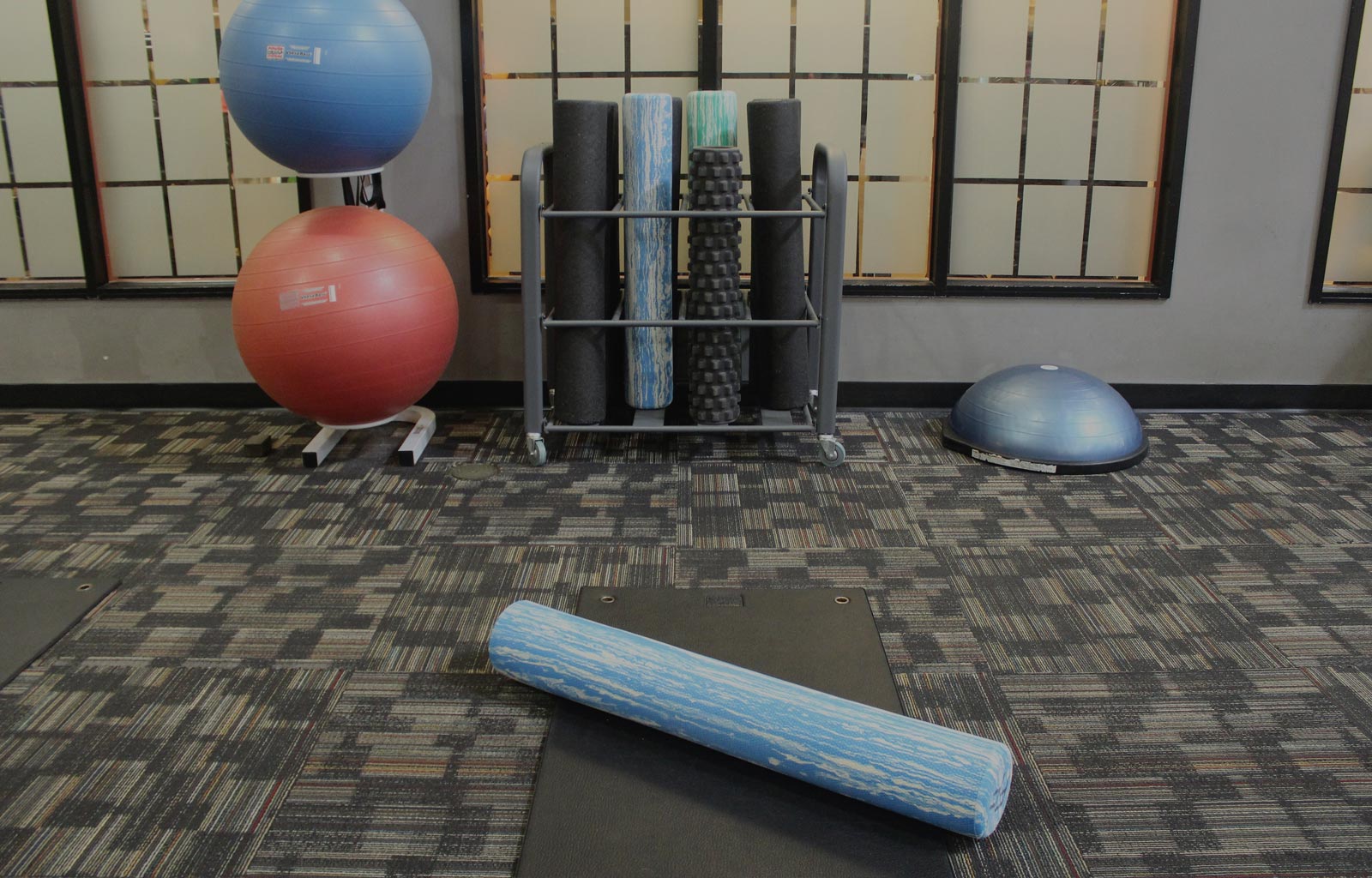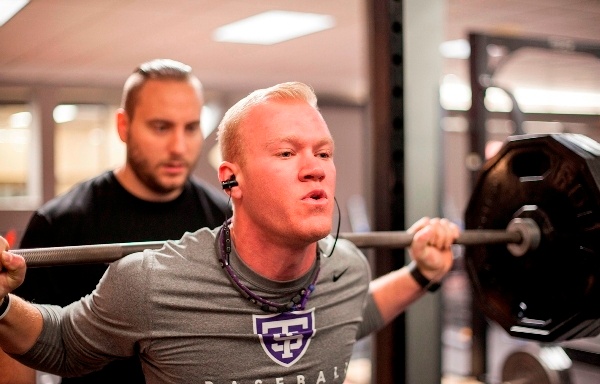When we think about strength and movement, we often focus on abs, arms, or legs. But there is a critical area that deserves just as much attention: hip strength. Whether you are an athlete, a desk worker, a parent, or someone recovering from injury, strong hips are essential for overall health, movement efficiency, and injury prevention.
Why Hip Strength is Important
Your hips are the link between your upper and lower body. They are involved in nearly every movement you make – walking, running, standing, squatting, or even sitting. Hip strength is important for:
- Injury prevention – Weak hips often lead to problems in the knees, back, and ankles. Hip strength helps prevent common issues like lower back pain, IT band syndrome, or ACL injuries.
- Improved balance and stability – Strong hips stabilize your pelvis and spine, which improves your balance, coordination, and posture.
- Daily functionality – From lifting kids to carrying groceries or climbing stairs, strong hips make daily life easier.
- Athletic performance – Power for sprinting, jumping, or lifting begins at the hips. Athletes in every sport benefit from targeted hip training.
Key Muscles to Strengthen
To build functional hip strength, focus on these muscle groups:
- Gluteus maximus – The largest muscle in the body and is key for hip extension and power.
- Gluteus medius/minimus – Essential for side-to-side motion and pelvic stability.
- Hip flexors – Important for lifting the leg and maintaining posture.
- Adductors – These inner thigh muscles contribute to control and balance.
- External rotators – Help keep the knees and hips aligned during movement.
Best Hip Strengthening Exercises
You don’t need expensive equipment to start – just your body and some consistency.
Bodyweight Exercises (Great for All Levels)
- Glute bridges – Lie on your back and lift your hips off the floor, squeezing your glutes.
- Clamshells – Lie on your side with knees bent and open the top knee without moving your pelvis.
- Side-lying leg raises – Strengthen glute medius by lifting your leg while lying on your side.
- Single leg glute bridges – You can increase intensity by lifting one leg while bridging.
Resistance Training
- Hip thrusts – Use a barbell or dumbbell to add resistance and build glute strength.
- Bulgarian split squats – These are great for unilateral leg and hip work.
- Romanian deadlifts – Target glutes and hamstrings while improving hip hinge movement.
- Step-ups – Use a bench or box to work hips and legs individually.
- Cable or band kickbacks – Provide controlled resistance for glute engagement.
Plyometrics (Advanced)
- Jump squats
- Skater hops
- Lateral bounds
Training Tips
- Train your hips 2-3 times per week.
- Mix bodyweight, resistance, and unilateral movements for balance and variety.
- Start with activation drills like band walks or glute squeezes to “wake up” the muscles.
- Don’t rush progress – build strength gradually with good form.
Hip strength is not just about how you look. It’s about how you move, feel, and function. Whether you are young or old, active or sedentary – hip strength impacts every part of your daily life. Incorporate these exercises into your routine, and you will feel stronger, more stable, and more powerful in everything you do!




